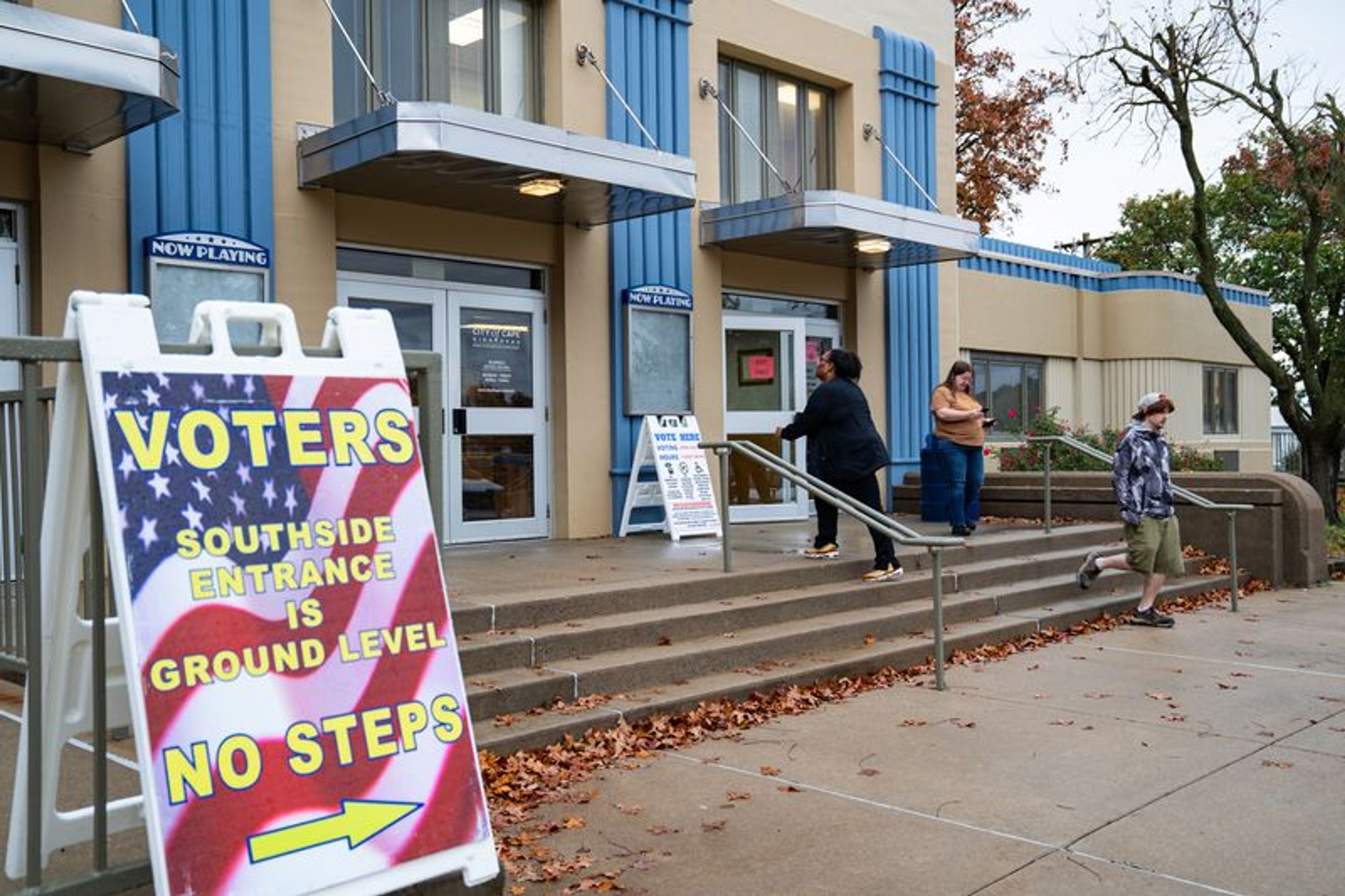LEARNING A VALUABLE LESSON
With the political season behind us, the cry of "health reform" will soon be heard again. Before we resuscitate an idea that died a timely and merciful death, it might be good to reflect upon another area in which the federal government has taken the initiative: higher education...
With the political season behind us, the cry of "health reform" will soon be heard again. Before we resuscitate an idea that died a timely and merciful death, it might be good to reflect upon another area in which the federal government has taken the initiative: higher education.
It wasn't until the Great Depression and World War II that Uncle Same started tossing vast sums of money at colleges and universities. The GI Bill swelled the ranks of students in the late 1940s, and the Cold Ward and the Great Society cemented the relationship between government and academe. By the 1950s, 46 different agencies were administering higher education programs. By the 1960s, the government was spending billions on research, construction and student aid. And higher education's spending binge has continued, from a $7 billion yearly total in the early 1960s to $175 billion a year currently.
What has all that spending bought? Campus Trends, an annual survey, has noted that nearly 60 percent of colleges and universities were forced by overspending to cut budgets in 1991-92. Some 34 percent made cuts in 1992-93, and 38 percent expected to do so in 1993-94.
In 1991-92 Harvard ran a $42 million deficit, its biggest ever. Yale has deferred $1 billion in maintenance. In 1992, it announced an 11 percent faculty cut, a $15 million deficit and the probably elimination of at least two departments. Columbia has made huge cuts to reduce shortages: $50 million in 1992-93 and $87 million in 1993-94. The City University of New York system had to cut $40 million in 1992. UCLA is closing four schools and had to cut $38 million by 1994 on top of substantial previous cuts. Stanford was compelled to make more than $40 million in cuts -- after having already slashed $22 million and 112 non-faculty positions in 1990-91. The University of California system has cut a massive $900 million in the past four years.
But in addition to the financial problems, both statistical studies and anecdotal evidence suggest that the quality of teaching has deteriorated at most colleges and universities. The shift away from traditional subject matter to ideologically inspired studies -- that academic trend which has come to be know as political correctness -- has distanced all too many students from such elementary facts as when Columbus sailed to the New World, who wrote the Declaration of Independence or when the Civil War was fought. The most common complaint heard by placement officials is that employers must re-educate college graduates in such basic subjects as grammar, spelling and practical math.
Government funding is at the heart of this dilemma. Colleges and universities have become almost totally dependent on a flow of state and federal cash which has caused institutions to overbuild, overstaff and overextend educational programs. That dependency also has subjected campuses to ideological pressures that have undermined traditional curricula and made institutions, departments and individual professors vulnerable to the strong-arm tactics of politically connected academic radicals.
This is the lesson to be learned from the current plight of our colleges and universities: Whom the gods would destroy they first subsidize. By all means, let us learn it well. The mistakes we have made in the field of higher education have serious enough implications for our future as a society. But the mistakes we could make in changing our health care system are a matter of life and death.
George Roche is president of Hillsdale College in Hillsdale, Mich. The college receives no federal funding.
Connect with the Southeast Missourian Newsroom:
For corrections to this story or other insights for the editor, click here. To submit a letter to the editor, click here. To learn about the Southeast Missourian’s AI Policy, click here.








